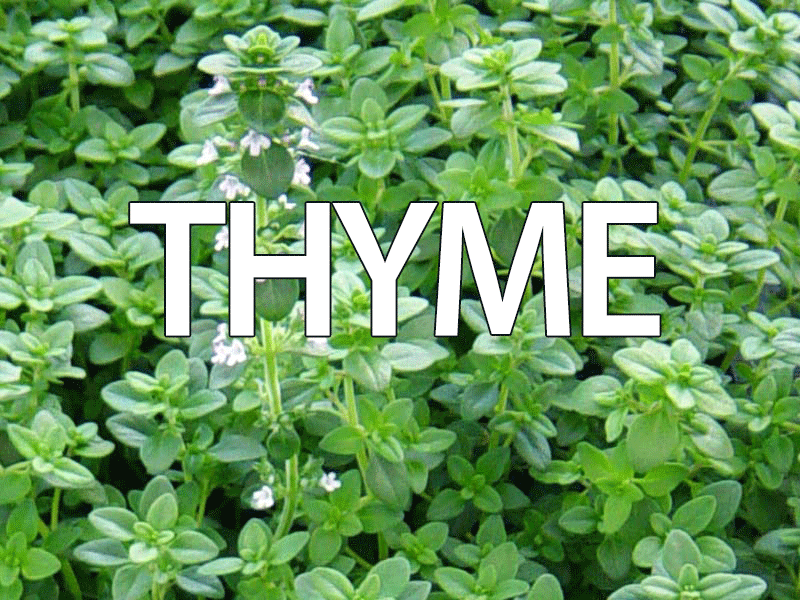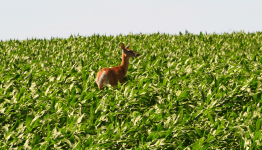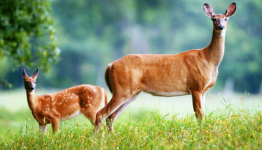Although deer are well-known for being willing to eat any sort of plant available, gardeners can strategically plant less appealing shrubs and flowers in the hope that deer will find more abundant and tasty food nearby. Luckily, some of the best deer repellent plants are also beautiful garden flowers and shrubs. Planting deer repellent flowers and shrubs will provide some protection from deer, but a hungry deer enough deer will eat almost any type of plant, especially during the winter months, or in areas where there are not large wooded  areas with plentiful wild grasses, trees and flowers.
areas with plentiful wild grasses, trees and flowers.
Highly scented flowers are also usually deer repellent flowers. Four o’clocks (Mirabilis multiflora) are beautiful, low-maintenance plants that grow up to about four feet high in full sun. English lavender, goldenrod, foxgloves, daffodils, and geraniums are others that are less appealing to deer. In general, deer will avoid fuzzy leaves like those found on a geranium. However, when food is abundant, it is not unusual for a deer to delicately eat only the blooms of the flowers in a garden, leaving the fuzzy leaves behind.
A variety of deer repellent shrubs are available in greenhouses, and to order online, for various climate zones and landscaping needs. In general, deer tend to avoid sticky and fuzzy leaves, leaves with a bitter taste, prickly  leaves, and any naturally poisonous plants, as well as strongly scented plants such and mints and herbs, and the above-mentioned flowers.
leaves, and any naturally poisonous plants, as well as strongly scented plants such and mints and herbs, and the above-mentioned flowers.
Spiny barberries are perhaps the most deer resistant plant, and because of their extremely thorny branches, they are often planted along borders to deter all types intruders (human and animal). They have attractive foliage and pretty berries, but gardening around these spiky shrubs is delicate work, and many people do not want them. However, barberries may be the only shrub that is completely deer resistant, so it is it on the top of the list of deer repellent plants.
Holly (any variety) is a beautiful evergreen shrub with brilliant red berries during the fall and winter that make a colorful attraction to any garden. Deer will avoid eating the beautiful and shiny, but prickly leaves. Holly comes in varieties that will thrive in most climates, and sizes that are suitable for different spaces. Boxwoods also tend to be deer resistant, and they are highly adaptable to climates in zones five and six, as well as varying soil conditions. Several varieties of boxwoods are available.
Besides the above-mentioned barberry, no shrub is completely deer resistant, especially during the winter months or droughts, when abundant feeding options readily available, but this article has discussed some of the best deer repellent plants. The characteristics mentioned above can be looked for in a shrub regardless of climate. Planting deer resistant shrubs can help increase a gardener’s odds against a hungry deer, and in combination with other methods like fencing, deer repellent, or scare tactics, should go a long way in providing a beautiful but deer free garden.
If you want your area free of deer today, try the Nature’s Mace Deer Repellent. Backed by numerous university studies, this all natural formula has more of the strongest ingredients found in nature.
The technology uses a unique three prong repellency which targets the deers sense of taste, smell, and fear. Specifically chosen organic ingredients also fertilize your yard as a dual action repel and revive system. Click here to try a proven effective deer repellent!











